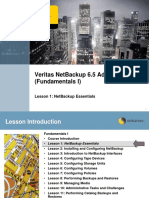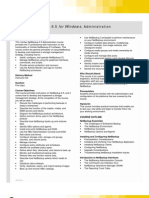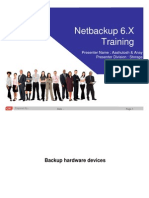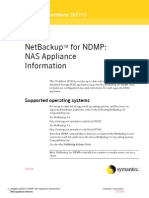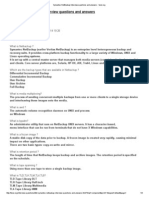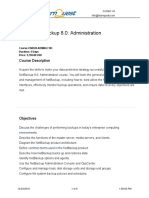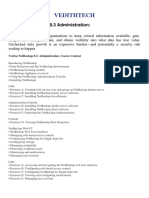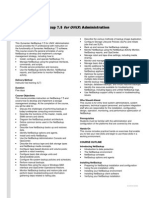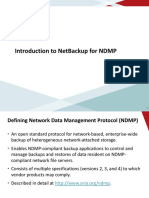0% found this document useful (0 votes)
60 views1 pageAdvanced NetBackup Interview Questions
This document provides advanced interview questions and answers related to NetBackup (NBU) for experienced professionals. Key topics include the role of the EMM server, Storage Lifecycle Policies, deduplication methods, and troubleshooting techniques. It also covers various NetBackup policies and integration with cloud storage solutions.
Uploaded by
sudha1010Copyright
© © All Rights Reserved
We take content rights seriously. If you suspect this is your content, claim it here.
Available Formats
Download as PDF, TXT or read online on Scribd
0% found this document useful (0 votes)
60 views1 pageAdvanced NetBackup Interview Questions
This document provides advanced interview questions and answers related to NetBackup (NBU) for experienced professionals. Key topics include the role of the EMM server, Storage Lifecycle Policies, deduplication methods, and troubleshooting techniques. It also covers various NetBackup policies and integration with cloud storage solutions.
Uploaded by
sudha1010Copyright
© © All Rights Reserved
We take content rights seriously. If you suspect this is your content, claim it here.
Available Formats
Download as PDF, TXT or read online on Scribd
/ 1
